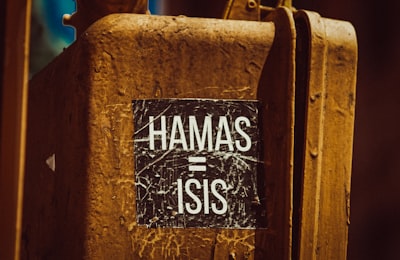Overview
Ceasefire negotiations between Israel and Hamas refer to the diplomatic efforts and mediated discussions aimed at halting hostilities, establishing peace parameters, and addressing humanitarian concerns within the context of ongoing or episodic armed conflict between the State of Israel and Hamas, the de facto governing authority of the Gaza Strip. These negotiations are characterized by international involvement, highly complex political and security considerations, and significant humanitarian consequences for civilian populations in both Israel and Gaza.
Historical Context
The conflict between Israel and Hamas has its roots in the broader Israeli–Palestinian conflict, which dates back to the mid-20th century. Periodic escalations, such as intensive military operations and rocket fire, have prompted repeated ceasefire efforts, often mediated by third parties such as Egypt, Qatar, the United States, and the United Nations.
Key ceasefire negotiations have occurred after major clashes, including those following Israel's military operations in Gaza such as Operation Cast Lead (2008–2009), Operation Pillar of Defense (2012), Operation Protective Edge (2014), and subsequent escalations. Ceasefires are typically fragile and are influenced by shifting political objectives, military realities, and humanitarian imperatives.
Mediators and Mechanisms
Ceasefire talks have largely relied on regional and international intermediaries given the absence of direct negotiations between Israel and Hamas. Egypt has historically played a central role, leveraging its geographic and political proximity. Qatar has also provided financial and political support facilitating indirect dialogue. The United States and United Nations often support these efforts through diplomacy and humanitarian initiatives.
Negotiations are generally indirect ("proximity talks"), with mediators shuttling between delegations. Key issues include timelines for cessation of hostilities, mechanisms for monitoring truce adherence, agreements on prisoner or hostage exchanges, guarantees for the opening of border crossings, and arrangements for humanitarian aid delivery.
Challenges and Dynamics
Ceasefire negotiations are complicated by profound distrust between the parties, shifting demands, political calculations, and the lack of a shared long-term vision. Core disputes include security guarantees for Israel, the lifting of blockades and restrictions on Gaza, the status of hostages and prisoners, and broader questions regarding Palestinian self-determination.
On-the-ground developments, such as civilian casualties, infrastructure destruction, and humanitarian crises, often influence the urgency and direction of talks. External actors, including regional powers and international organizations, play crucial roles but also bring their own interests and priorities.
Humanitarian Implications
Ceasefire talks are critically important for the immediate alleviation of civilian suffering. Periods of negotiated truce are typically utilized to facilitate medical evacuations, import humanitarian aid, and begin reconstruction efforts. Prolonged or failed negotiations often result in the continuation or escalation of hostilities and further deterioration of humanitarian conditions.
Outcomes and Limitations
While previous ceasefires have succeeded in temporarily halting violence and enabling some humanitarian access, enduring peace has remained elusive. Negotiated pauses are frequently short-lived, with violations and renewed escalations recurrent features of the conflict. Comprehensive, binding agreements addressing underlying political, security, and humanitarian issues have thus far proven difficult to achieve.
Conclusion
Ceasefire negotiations remain a recurrent and central component of the Israel–Hamas conflict. They reflect both the potential for de-escalation and the intractability of deeper disputes. The international community continues to play a key role in supporting these efforts, seeking to mitigate humanitarian crises while advocating for lasting solutions.

Comments
No comments yet. Be the first to comment!